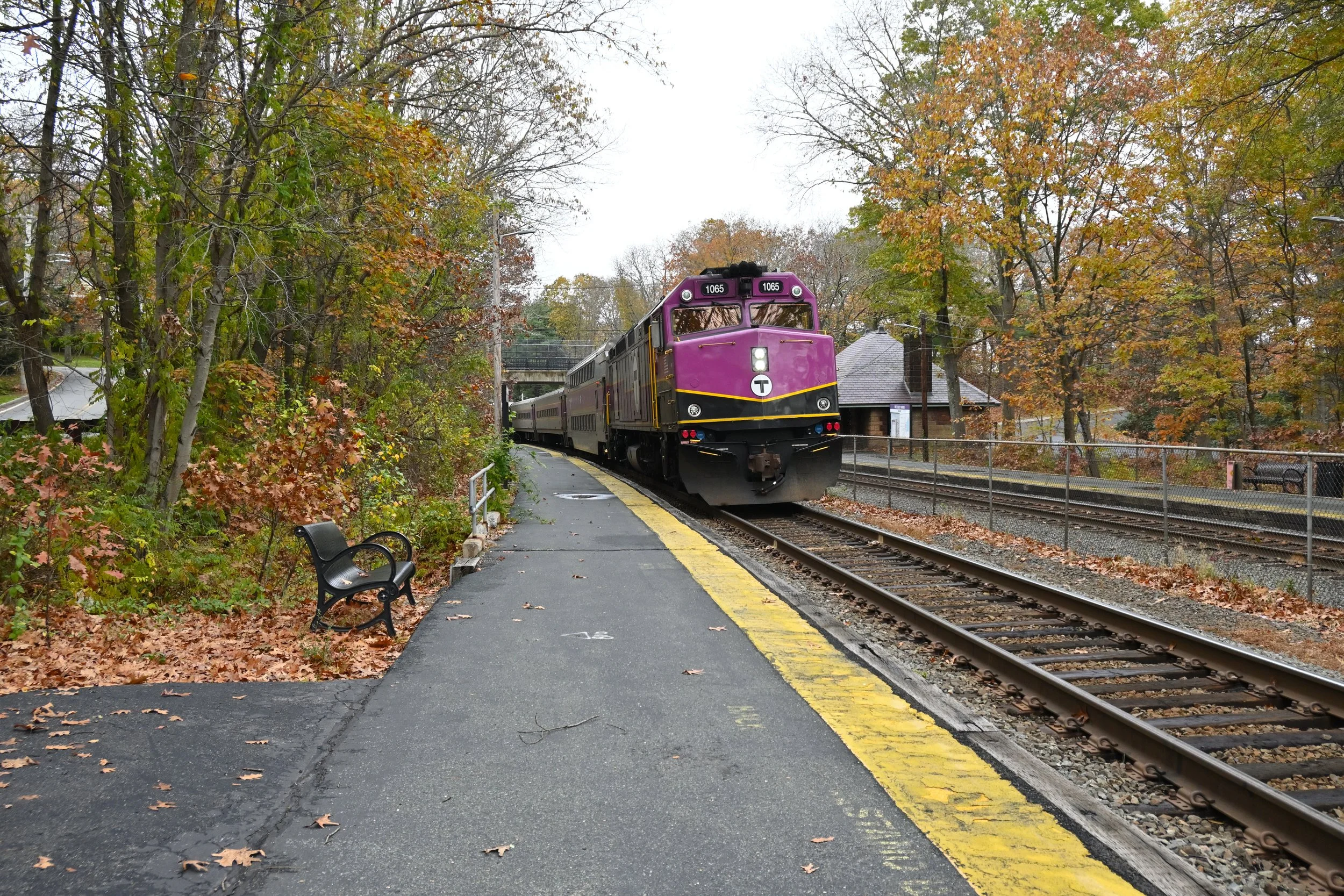 I've (lamentably) just finished watching the recording of a Q&A with Sim City developers at Maxis and I can't help but feel skeptical about the latest version of Sim City.
I've (lamentably) just finished watching the recording of a Q&A with Sim City developers at Maxis and I can't help but feel skeptical about the latest version of Sim City.
After watching the Q&A, it feels like the Maxis team is squandering its position as the largest and most famous city-building franchise to not only teach true urbanism, but to also show the wide range of transit modes available today that are crucial to life in most cities across the world. They have opted instead to expand the flexibility of its road system with various road types and fetishize the loss of the grid. Even airports have grown more nuanced with modular airports that can range from small strips to large, international airports that require multi-city cooperation to complete.
Where has transit gone? With what little Maxis has revealed, they've gotten rid of subways, likely to be brought back in only after 6 months after release but at the cost of a $60 'subterranean transit' expansion pack, also probably to be followed by an 'elevated transit' expansion pack for another $60. Railroad tracks still intersect at T-intersections (just as they do in real life, right?).
The bus depot is now modular, though there still isn't route creation - transit just runs itself, which may be beneficial for simplicity of gameplay. I was a little more than miffed that the programmers seemed flabbergasted that anyone would even be able to estimate the walkable distance to a bus stop... When all you do is work with numbers, algorithms, and statistics all day to create a game that simulates the world around you and does so with such beautiful complexity, how naïve must you be to actually be surprised that 'walkable' distance to a bus stop is something that someone somewhere who specialises in transport planning hasn't already tried to simulate or derive from similar stats you use to create the other simulation engines in your game?
Light rail is a nice addition and in some released in-game footage, we see some running along avenue medians, but this is hardly the depth and degree of choice that Sim City has been known to deliver. While I know the game is months away, the game is largely complete save a bit of engine tweaking that will come through the upcoming months of beta play leading up to the release. Suffice it to say, I'm disappointed at a game that used to be able to deliver very dense, transit-oriented cities and I fear that might be lost in a Sim City that appears more geared toward 'road geeks'.
And in the other corner...Cities in Motion 2
[youtube=https://youtube.com/watch?v=Rv9WNBoPAok]
Unlike Sim City, Cities in Motion was much more about the detailed simulation of transit systems within a city and how to manage that puzzle in approximations of real-world cities. It took the very detailed systems approach of Sim City 4, where strategy lay in how well you could throttle civic building services to best match demand and cut waste, and applied it to transit as a pure business simulation.
Cities in Motion 2 inches closer to being a city simulator built on top of a transport simulator. Previews from this year's gamescom feature the ability to build new roads, including those with dedicated bus lanes, and how your city will grow around the infrastructure you build.
Why all the hate for Sim City?
I don't hate Sim City; I love the franchise. It was my very first city building simulator, but the landscape of gaming has expectantly changed in the nine years since its last release, Sim City 4. Cities XL has proven to be a very formidable competitor and shares it with other city simulation games set against different backdrops like Tropico 4 and the Anno franchise.
However, Sim City remains the world's most well-known city building simulator. This also makes it the world's most accessible teaching tool for understanding what builds a world-class city. Even San Francisco, Maxis' largest neighbouring city, wouldn't be what it is today without the addition of its innovative hybrid commuter-metro, BART. Let alone New York, Tokyo, Paris, or London; their productivity, culture, and sheer size are supported transparently by complex and nuanced transit systems.
For all its innovations in road simulations with new road types, this latest version of Sim City will be doing an injustice to all who play it, reinforcing for many and teaching a whole new generation the fallacy that the only way to build a successful city is with wide boulevards with light rail shoved in the middle, just for fun, to serve a street lined by buildings set back from the street by parking.
Ultimately, including a respectably wide range of transit options for construction would not negatively over-complicate the powerful simulation engine Maxis has revealed so far. Instead, it would provide a much more realistic simulation that illustrates transit's critical role in city development and viability through its efficiency and variety. While Cities in Motion is a great transport management simulator, Sim City's instructive power comes from the near omniscience and omnipotence over your city that lets you know how well or how poorly a city functions based on your infrastructure decisions.
It's interesting to note that Cities in Motion is developed by Colossal Order in Finland and Sim City by Maxis in sunny California, USA...






